Gesso is white paint that’s used to prepare surfaces for painting. It creates a smooth, even surface and it dries fast. However, how long does it take gesso to dry? That depends on the thickness of the layer you apply, but most people say between 1-2 hours.
Benefits of gesso:
- Helps protect and seal oil-painted surfaces;
- Prevents cracking of paint layers on wood panels;
- Limits the absorption of oil paint into support;
- Can be used as a primer for acrylic and oil paints on canvas;
- Provides tooth to the surface, which can improve the adhesion of paint layers;
- Increases luminosity by creating an unreflective matte finish that absorbs light;
However, many people ask the question “How long does it take for the gesso to dry?” In this blog post, the expert artists will explore why this question arises, how to speed up drying time with heat lamps or hair dryers, and what other options artists have if they want their painting quicker!
Reasons That Affect How Long It Takes Gesso to Dry
Humidity
One of the biggest reasons why gesso takes so long to dry is because of humidity in the air. If you are working with a painting that needs several coats or layers, then it can take up to 24 hours for your work to completely dry when there’s high humidity in the room.
Gesso is susceptible to all sorts of things like humidity and temperature changes, so be sure not to use it when these conditions exist. Not only will this affect how quickly gesso dries on its own, but it could also give you problems later down the road if any moisture gets into your artwork while still wet with gesso (which would cause mold). You don’t want to take the chance of ruining your painting, so be sure that you’re working in a space with normal humidity levels.
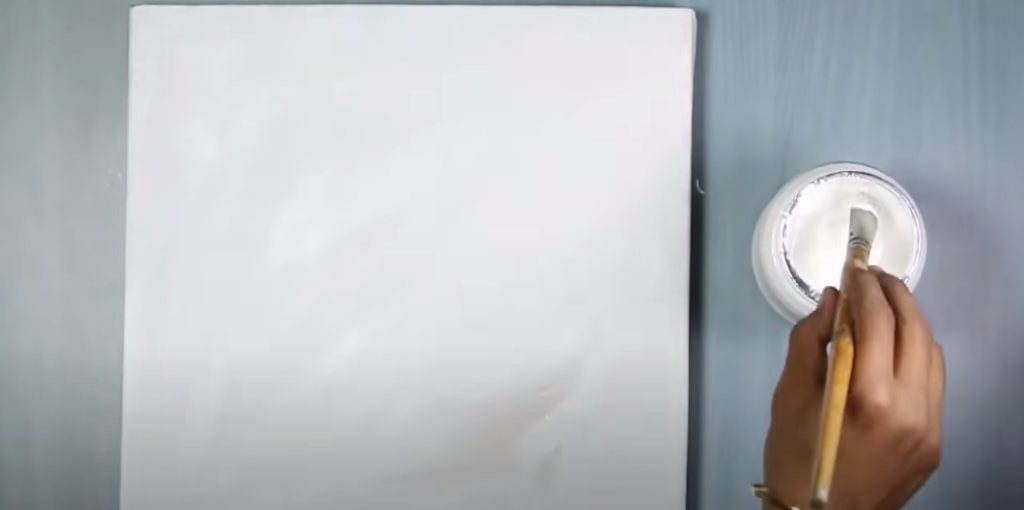
If it’s too wet, there may be a delay in how long it takes for your gesso project to dry due to an excess amount of moisture still residing within the paint itself which does not allow any other type of projects around/nearby because they will also absorb some water from that and have their own time being affected.
This might take days or weeks depending on how often the area gets humidity exposure. Opening windows can help with this as well by opening doors/windows at opposite ends so air flows through capable – most experts would wait until everything has dried before putting anything else besides/on top (and even then be careful).
When the gesso is exposed to water, it contracts and gets brittle – which can cause cracks in your artwork if you don’t let it dry out first!
Temperature
If it’s too cold, the gesso may never dry. Here is what you can do in this case:
- Increase temperature in the room or place where paint is stored to speed up the process of drying. This can be done by using a heater near the area that you are storing your paints;
- If this does not work for you, then try moving them into an area with more sunlight exposure (such as placing them on top of a sill) and hope that they will absorb some heat from the sun rays which could help out tremendously. This might take days or weeks depending on how much time it spends exposed to sunlight;
- Opening windows also help to circulate air that helps to speed up the process;
If it is too hot, the gesso may dry too quickly and have a yellowish hue due to the evaporation of water. This could lead your painting project not to turn out as well as you want it if this does happen! And it can ruin everything if there are any other paint projects around because those will also begin drying at an increased rate which means they’ll start mixing together into one mess instead of staying separate like desired. Opening windows also increase the amount of heat in the room that helps to speed up the process of drying.
Wind
The wind is another factor that affects how long it takes gesso to dry. When the wind blows, it can quickly accelerate the evaporation of water molecules, causing paint layers to dry faster than they normally would if there was no wind present. However, this also means you have less control over your painting surface at times, which could result in imperfections on your final product if not done carefully.
Be patient with drying times since they may take longer than expected depending on different variables like which direction the room faces (sunlight versus shadow), what time of day, weather conditions outside, etc.
Types of paints and primer
One other thing that affects how long it takes gesso to dry is the type of paint you’re using. Acrylics, for example, are water-based paints that can take a while to dry because they need more time than oil-based ones to evaporate completely. If you want your artwork or painting project done faster, consider switching over from acrylics to oils if possible since these tend to be easier to work within high humidity areas due to their lower water content.

Gel medium may also affect how quickly gesso dries up depending on whether it’s matte or glossy finish gel medium that you use. Matte finishes could allow the wetting agent in gesso to shine through whereas glossier types could cause the gesso layer to dry faster. You can test this out by applying a layer of matte finish gel on top of your gesso, then painting over it with heavy coats and allowing them to dry. If you notice that some areas are still shiny after drying, try using a glossy finish gel medium next time instead to see if the result is any different than what you get with matte-finish ones.
Another factor that affects how long it takes for the gesso to dry up is whether or not you use an underpainting primer before applying the gesso onto your surface. Undercoatings tend to be thinner in consistency compared with regular primers because they’re formulated specifically for blocking and containing paint layers during the underpainting process. If you’re using an undercoat primer, this means that there’s less gesso layer overall and it should dry faster than if you had used a regular primer instead because of the reduced thickness in your final product.
Drying Gesso Quickly: Tips for Artists
- While you are working with gesso, it is important to work fast. Gesso dries quickly when exposed to air. If the paint mixture has already dried on your brush or palette, simply add more water and mix again;
- It may take longer for thicker layers of gesso to dry completely, especially if they have been applied over a long period of time. The best way to tell if the surface of your painting is ready for another layer of texture paste, collage materials, or paints is by touching the surface lightly with your hand. You should not be able to leave fingerprints behind;
- You can use an old hair dryer or heat gun to help speed up the drying process. Simply hold it about 6 inches away from your gesso-ed surface and let warm airflow over the entire area for a minute or two. This should reduce the amount of time you have to wait before adding another layer of texture paste, collage materials, or paints;
- Keep in mind that the drying gesso tends not to turn yellow as much as other types of primer do because there are no harsh chemicals in its composition (unlike acrylic primers). However, if left out for too long without being used then any gesso will start turning a bit brownish-yellow due to oxidation – this is why it’s important not to leave opened around for more than needed since they will go bad over time;
FAQ
How long gesso should dry between coats?
It is important to understand the properties of gesso so you can use it properly. Gesso, or primer for canvas paintings, dries quickly after application and is ready for paint within 24 hours. It may take longer than 24 hours if there are thick coats applied.
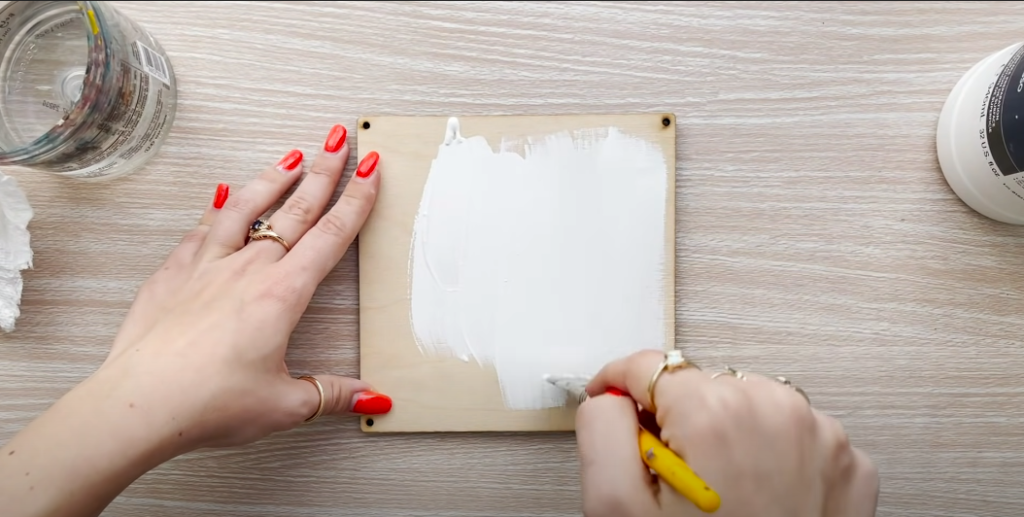
If you apply several thin layers on top of each other though, then the drying time will be reduced drastically with each additional coat that is added – just an hour per layer! You don’t have to wait too long until you’re able to put your brush back in oil paints either because gesso doesn’t dry as fast as oils do themselves (no need to worry about smudging).
Once again, this all depends on how many layers were painted before applying the gesso, as well as the thickness of each layer. However, if you decide to use acrylic paint on top of your applied gesso instead (or vice versa), then it might take longer since both drying times are different and not compatible with one another.
How long gesso should dry before drawing on it?
Gesso takes longer to dry when it’s applied as multiple layers or if there are several coats involved (priming and then base coating). The more gesso paint you use, the longer it will take each layer to dry – even up to 24 hours!
This is especially true during colder months because heaters can warm rooms faster than air conditioners do. And this means that any moisture from humid air doesn’t have much time to evaporate before another coat of gesso paint has been added on top. During warmer weather, though, humidity tends not to stick around as long which makes drying times go back to normal.
Be sure not to paint over gesso that has already started drying or it’ll cause your paint job to lift up and off the surface of your work. The first layer should always dry before you even think about adding another one, otherwise, you’re going to run into problems down the line with bubbling, flaking, cracked artwork!
How long gesso should dry before painting with oils?
It depends on the humidity of your painting environment. If you are in a dry climate, gesso will probably take 12 hours or less to be completely cured and ready for oil paint. In humid climates, gesso can take several days to cure—and that’s if it gets no direct moisture while drying! For this reason, experts do not recommend using anything other than acrylic primers when working outside in high-humidity regions. It is possible but incredibly frustrating to work with slow-drying mediums under these conditions.
How long gesso should dry before painting with acrylics?
The short answer is that gesso should dry for a minimum of 24 hours before acrylic paint can be applied to it. However, you’ll likely need at least 48 hours and preferably around 72 hours as an optimal drying time between applying the first coat of gesso and painting with your acrylics. While this might seem like a long time, remember that the longer you wait, the better quality your finished art project will have!
A simple rule to follow from here on out is: apply two coats of gesso per day. For example, if one day has passed since you’ve painted over your artwork once already with Gesso then allow another full day (24+ hours) or even up to 3 days before continuing to paint. The reason for this is that gesso has a much longer drying time when applied over dried acrylic paint vs applying it directly to the bare canvas, paper, or board.
How many coats of gesso should you apply?
It’s a good idea to apply at least two coats of gesso. Gesso is water-based and very light so it doesn’t take too long for this application process to be completed; even with multiple coats applied, gesso will not cause significant changes in drying time. Plus, since its purpose is primarily as a primer rather than an actual finish product itself, painting over top should happen fairly quickly.
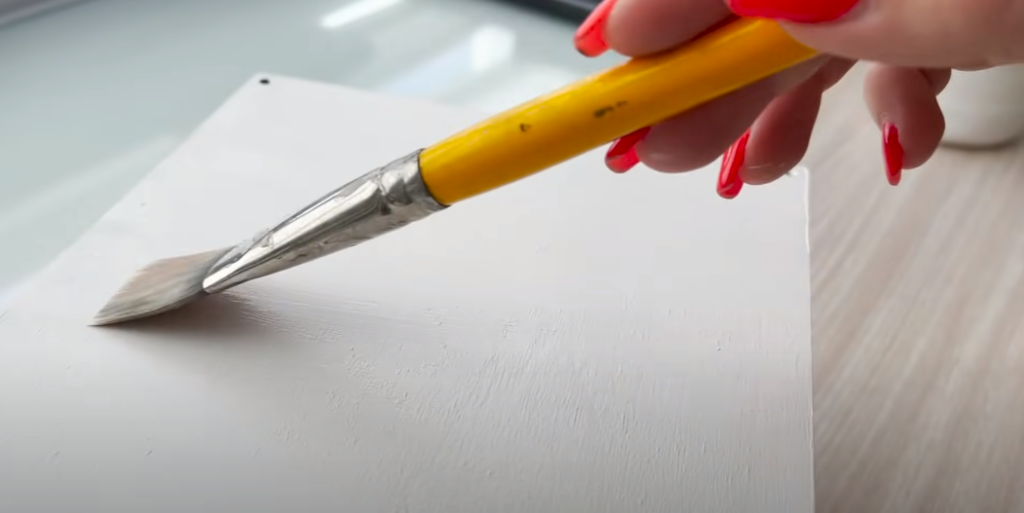
To paint several layers or apply a decorative texture or other effects, make sure that each coat has completely dried before applying the next by waiting for six hours per millimeter thickness (for example: for an overall coating about thirty centimeters thick – about 12 inches – you’d wait 180 hours).
Allow 24 hours after this last application before resuming work. If you do work sooner than this, use a stiff brush because clogging may occur due to dampness under the layer still present from previous applications.
Is one coat of gesso enough?
Gesso will not adhere to porous surfaces like wood or canvas without a primer. A single coat of gesso is usually, but not always enough for the surface to be primed and ready for paint. It can depend on what sort of substrate you are working with as different materials require different amounts of time before they’re ready for layers of color. For example:
- If using paper such as watercolor paper, one layer should do it unless there is some existing texture that needs smoothing out first. In this case, applying two coats may be necessary instead of just one in order to smooth everything over nicely! Try painting your watercolors on top after allowing 24 hours of drying time so all the smudges and blurs are gone;
- Before priming wooden surfaces, make sure to thoroughly clean them with a natural soap and water mixture followed by letting the surface dry completely before using gesso on it! You’ll want to allow at least 48 hours for this drying time so that the wood is ready to take paint once you apply your single coat of gesso;
- If working with canvas or other smooth hard surfaces, one coat should be enough unless there is some existing texture in need of smoothing out first. Allow 24 hours drying time between coats if applying more than one layer of gesso so everything dries nicely;
Can you paint on wet gesso?
It is possible to paint on wet gesso, but not recommended. Wet gesso has a tendency to be too sticky and the paint will likely pill up or dry into hard little grains that can clog your brush.
Gesso is very absorbent, so if you want to paint on wet gesso, use a stiffer brush or apply it in layers with each layer allowed to dry thoroughly before the next application.
Can gesso be used as a sealer?
Yes, gesso can be used as a sealer for almost any surface. That being said, gesso has a very porous consistency which means it will absorb the first thing you put over the top of it so keep that in mind.


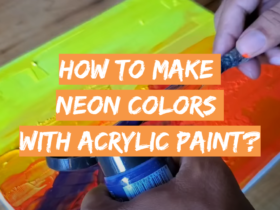
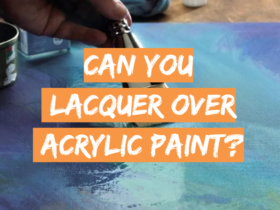

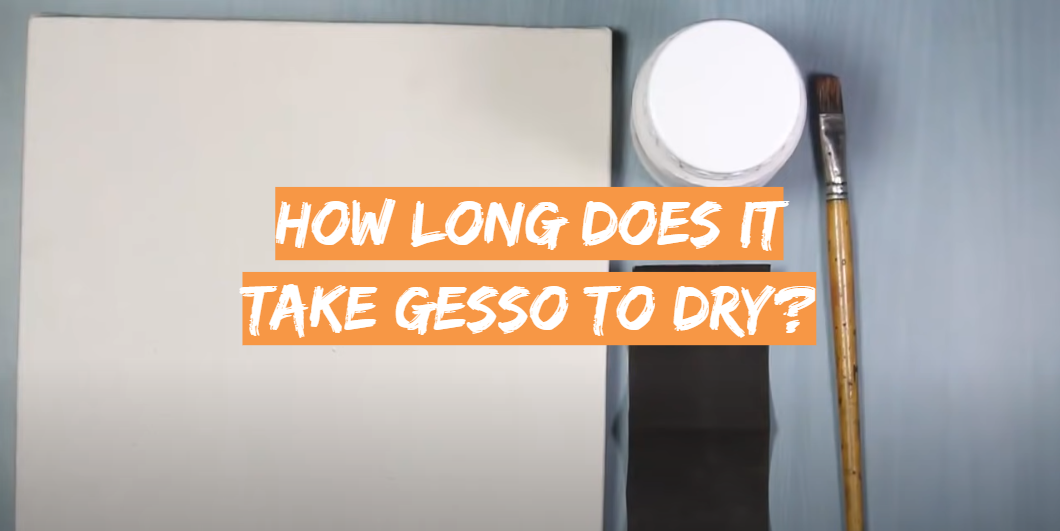




Leave a Review